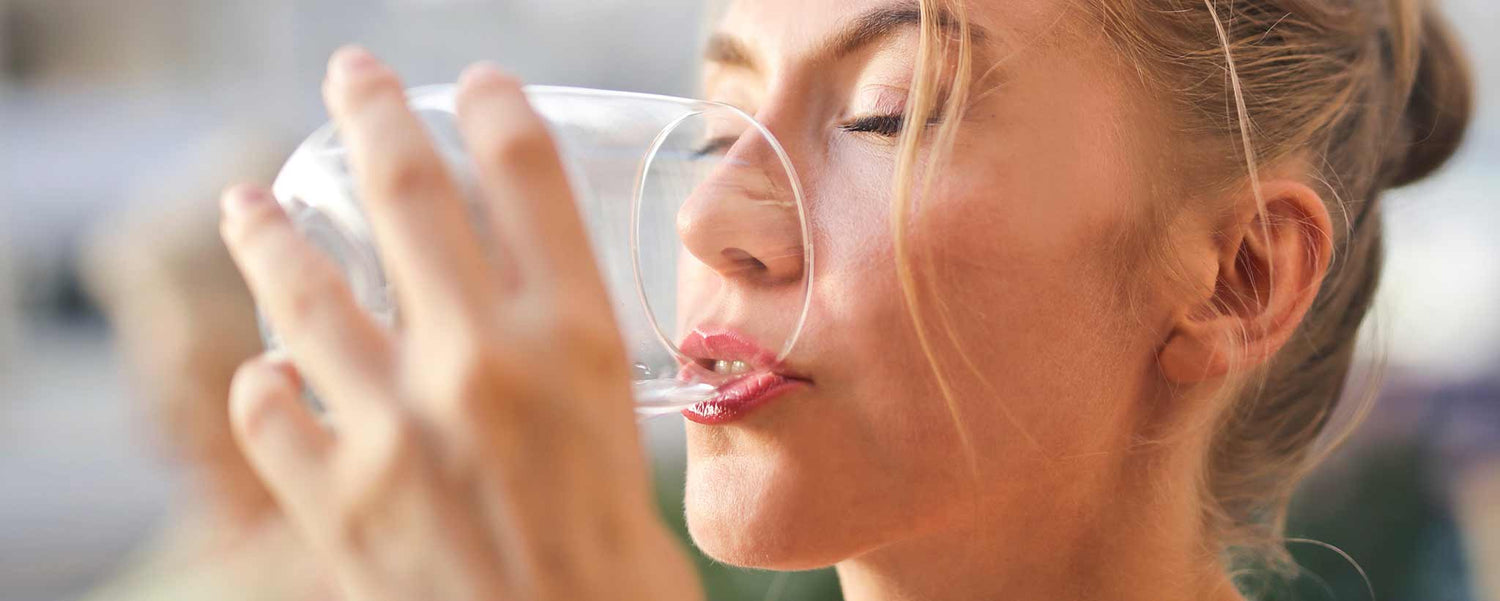Publish 20 July 2021
Before drinking the necessary amounts of water, you have to stomach the taste. Tap water differs among major cities, rural areas, and coastal communities.
Your Favorite Drink
Would you care for a drink? At a bar or nightclub, your choice may differ from a restaurant or home. At fast food restaurants, a “meal” includes a soda pop. How about drinking a cool glass of water?
You hear often that you should drink at least 8 cups a day. But many people feel water is bland. Is your favorite beverage cola, coffee, beer, wine, a sweet cocktail, or hard liquor? Caffeine, alcohol, and other ingredients counteract the hydrating benefits.
Origin of Tap Water
To drink more water, recognize that all water is not created equally. A water reclamation facility processes tap water in major cities. The facility chemically treats the same water that goes down your garbage disposal, washing machine, and toilet. It is an amazing process. All public water suppliers in the United States must uphold certain levels of water quality.
As an outlier, the Flint County Michigan tap water has been undrinkable since 2014. Originating from the Flint River, it includes high levels of lead, fecal coliform bacteria, and cancer-causing chemicals. There was also an outbreak of Legionnaires’ disease that killed 12 and sickened at least 87 people between 2014 and 2015. Citizens of Flint rely on bottled water.
Water reclamation plants turn wastewater into drinking water. Some coastal communities treat sewage water before releasing it into the ocean. For tap water, they treat fresh water from nearby springs or groundwater.
Rural areas have a higher concentration of chemical fertilizers in their water runoff. To many people, tap water has an acrid taste. Some people add water-softening devices to further filter and improve the taste of tap water.
Bottled Water
Commercial water, usually sold in bottles, is often tap water that goes through various degrees of extra filtration. Sometimes it is flavored with minerals to resemble spring water. Natural spring water accumulates minerals by flowing over rocks. Distilled water is reclaimed steam condensation. Though pure, it tastes more bland than spring water.
Purified water is mostly free of microbes and chemicals through reverse osmosis, ozonization, or distillation. There are water purification devices that you can add to your kitchen stink.
Soft drink corporations own the major water bottling companies. Just as they sell different brands of soda pop, they offer various brands of drinking water. Some brands of water include the name of a lake or spring to sound more natural. Other brands sound nutritious
You need to separate the trademarks from the processing methods. Vending machines outside of some supermarkets sell filtered tap water to refill 5-gallon water bottles.
Ideal Water Drinking Temperature

Heart rate, blood vessel constriction, and perspiration regulate your body temperature. Through a process of thermoregulation, your integumentary system and internal organs maintain a core temperature of about 98.6°F (37°C).
Thermoregulation and food digestion are quite efficient processes. When we bite and sip foods during a meal, temperature is partially neutralized within the mouth and esophagus.
At 120°F (49°C), a liquid can scald within 12 seconds. This can blister or peel the skin of your mouth and lips. So be careful drinking hot tea, coffee, or cocoa.
Cold liquids include sipping frosty smoothies or beverages chilled with ice cubes. Do cold drinks shock your system? Icy beverages or ice cream can give some people a “brain freeze” (sphenopalatine ganglion neuralgia)—a rapid headache of short duration.
Gulping down a large quantity of a cold beverage temporarily constricts blood vessels within the stomach. Since your body is in a constant state of thermoregulation, it should not hinder your ability to enjoy cold water.
You may prefer your water cold, tepid, or hot. Eventually, it will match the internal body temperature. Maintaining hydration is what is most important.
Acquiring Thirst
Individual body requirements vary. As a general rule of thumb, you can only survive 3–4 days without water. Made up of 60% water, every system in your body needs water for life. Kidneys love it. Dehydration occurs when you lose more fluid through sweating, illness, fever, or urination than you take in with food and water.
If you don’t like the taste of water, try sampling different brands. Smart Water undergoes distillation. Nestlé Pure Life has a fresh taste with the optional advantage of 5-gallon bottle delivery.
Perhaps you prefer an artisan bubbly water. Avoid the ones that add sweeteners and artificial coloring. As with bottled soda, recycle responsibly. You might have 5-gallon water bottles delivered that you transfer into reusable drinking cups.
You crave more water during warm summers than cool winters. When it is cold outside, try drinking warm herbal tea. If you are not drinking enough water, add a splash of vanilla extract, a squeeze of fresh lemon, or a slice of cucumber.
Doctors advise increasing salt intake a bit to trigger thirst the mechanism. With all the options available, you can acquire a taste for water.
To support the writing of useful articles about nutrition, ClinicalPosters sells human anatomy charts, scientific posters, and other products online. You may sponsor specific articles or remit a small donation.
ClinicalPosters sells human anatomy charts, scientific posters, and other products online to offset expense of the writing useful articles about nutrition. Slide extra posters into DeuPair Frames without removing from the wall.
Show your support by donating, shopping for ClinicalPins, or leaving an encouraging comment to keep the research going.
To support the writing of useful articles about nutrition, ClinicalPosters sells human anatomy charts, scientific posters, and other products online. You may sponsor specific articles or remit a small donation.
ClinicalPosters sells human anatomy charts, scientific posters, and other products online to offset expense of the writing useful articles about nutrition. Slide extra posters into DeuPair Frames without removing from the wall.
ClinicalPosters sells human anatomy charts, scientific posters, and other products online. You may remit a small donation.
You can support the writing of useful articles about nutrition by sponsoring specific articles or remitting a small donation. Visible content is optimized for device size.






 Romance & Health Intertwine. Fall in love with a captivating romance miniseries that explores the essence of well-being. Become a ClinicalNovellas library member for heartwarming tales.
Romance & Health Intertwine. Fall in love with a captivating romance miniseries that explores the essence of well-being. Become a ClinicalNovellas library member for heartwarming tales.




